In countries such as Guyana and the island of Bermuda, flying kites is a popular activity at Easter time. Flying kites symbolizes the resurrection of Jesus.
Horseshoe Bay Beach in Bermuda is a popular spot for people to fly their homemade kites for Good Friday KiteFest. On Easter Sunday, sunrise services also take place here.
In some countries it is also tradition to eat codfish cakes at Easter, while hot cross buns are enjoyed in Bermuda and Guyana.
In the town of Antigua in Guatemala, locals cover the town in colourful carpets in preparation for Holy Week. The carpets are made from flowers, sand, coloured sawdust, and other natural materials. The carpets line the streets for the Good Friday processions. Artists create scenes on the carpets inspired by religion, Guatemalan history and Mayan traditions.
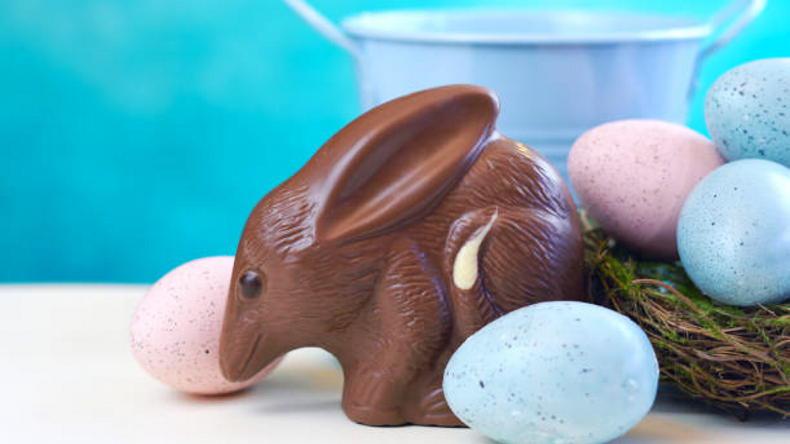
Instead of bunnies, you'll find chocolate Easter bilbies in Australia / iStock.
The bilby might not be an animal we’re familiar with here in Ireland, but in their native land of Australia, they are the poster animal for Easter, rather than the bunny.
Bilbies are small, long-eared marsupials native to Australia. Rabbits, however, are an invasive species in Australia and are destructive to the natural habitat. In 1991, the Foundation for Rabbit-Free Australia launched a campaign for the bilby to replace the rabbit as the favoured Easter animal. This was a bid to steer attention towards the bilby, which is endangered. Chocolate confectioners followed suit and began to make Easter bilbies instead of bunnies in the 1990s. They are still sold today, with proceeds from each chocolate bilby sold going towards the conservation of the species.

During the Easter period in Norway, crime and detective novels and TV dramas are consumed by many / iStock.
The week before Easter 1923, an ad for a new crime novel appeared on the front page of Norwegian newspaper Aftenposten. The ad for the book, written by Nordahl Grieg and Nils Lie, was accompanied with the headline “Bergen train looted last night”. The ad was so believable it was misinterpreted as actual news.
Such was the success of the novel afterwards that 100 years later, Norwegians gear up for Easter by reading crime fiction novels and watching detective dramas on TV. The phenomenon is known as Påskekrim, or “Easter crime”.
New crime novels are released in the run up to Easter and television stations broadcast Scandinavian crime dramas. Mountain cabins are also popular getaway destinations at this time, as people escape to the wilderness to immerse themselves in crime novels and television shows. Krimfestivalen also takes place a few weeks before Easter, which is a festival dedicated to crime writing.
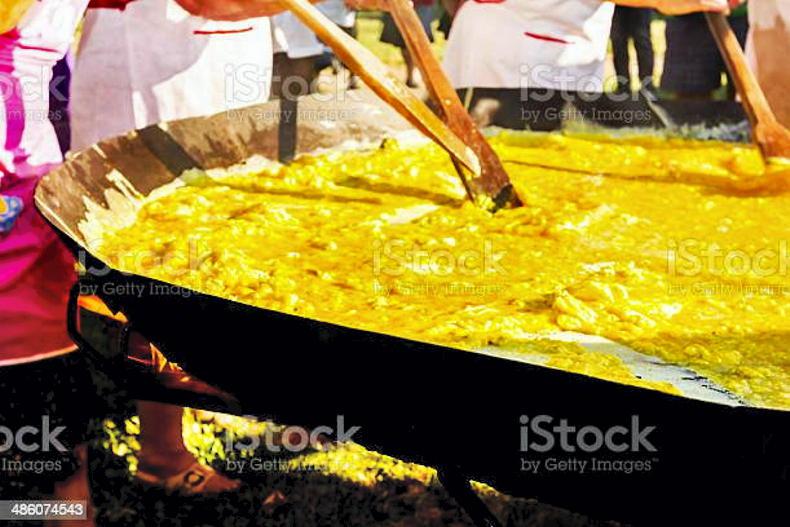
In Bessières, France, a giant omelette of 15,000 eggs is made at Easter / iStock.
Each year in Bessières, France, a giant omelette consisting of over 15,000 eggs is made by the Giant Omelette Brotherhood of Bessières on Easter Monday. It is cooked in a large pan and served to spectators. ?The tradition comes from Napoleon Bonaparte’s visit to the town when he was served an omelette before bed and the next morning. Having enjoyed it so much, he ordered that a giant omelette be made for his entire army.
Throughout France, bells are an important symbol of Easter. Church bells are not rung from Holy Thursday until Easter Sunday, in mourning of Christ. Children are told that the bells, known as “les cloches de Pâques”, sprout wings and fly to Rome. They return on Easter Sunday delivering chocolate treats. Church bells ring again on Easter Sunday to celebrate the resurrection of Christ.
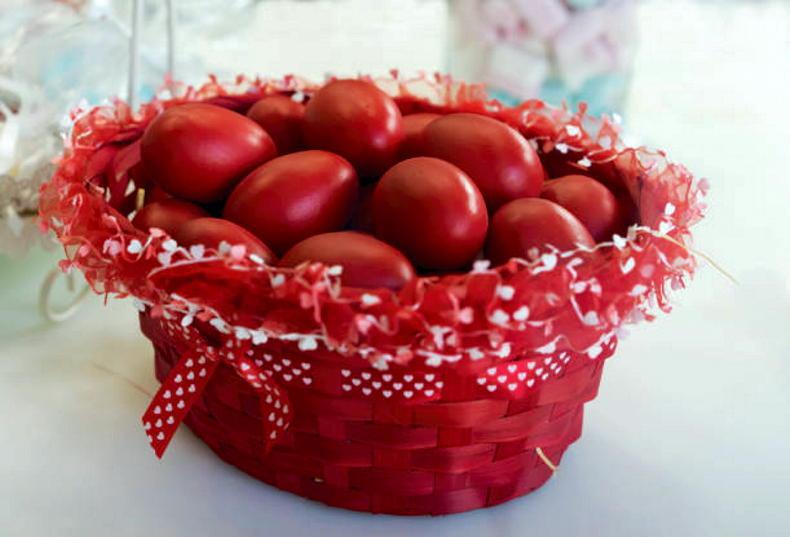
Eggs are dyed red as decorations at Easter in Greece / iStock.
Greece has a few unique Easter traditions. For those who follow the Orthodox faith, red eggs are used to decorate the Easter feast. Eggs are hard boiled and then dyed red. The colour red symbolises the blood of Jesus Christ. On Easter Saturday, there is a game where people try to crack each other’s eggs, and the last person left with an uncracked egg is the winner. Cracking the eggs is a symbol of rebirth.
On the Greek island of Corfu, traditional “pot throwing” takes place on Easter Saturday. People throw clay pots and pans, often filled with water, out the windows of their homes and watch them smash in the streets below. Many spectators from around Greece come to watch the event.
Some say the tradition originated with the Venetians who once ruled Corfu, who threw out all their belongings on New Year’s Day. Others see it as a sign of spring, symbolising the new plants that will grow.
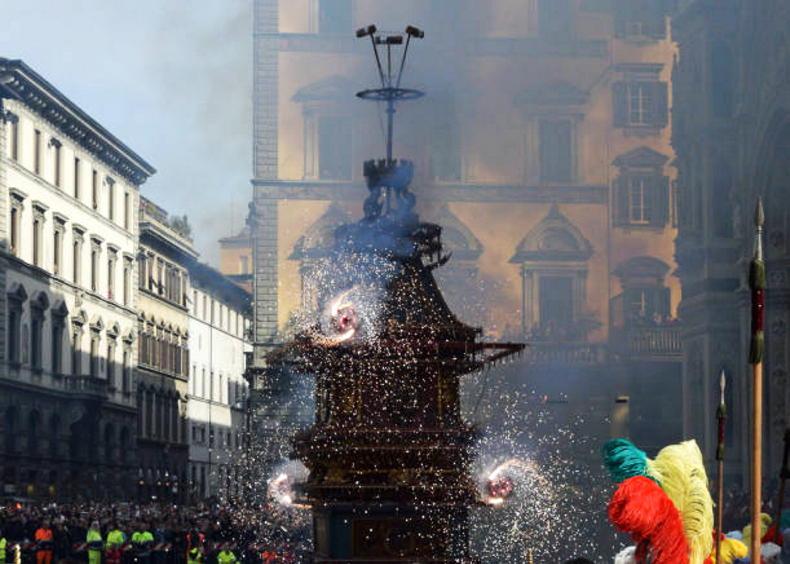
The Scoppio del Carro is a traditional Easter firework display in Florence, Italy / iStock.
The Scoppio del Carro, or “Explosion of the Cart”, is a 350-year-old Easter tradition in Florence, Italy.
Historically, a wagon filled with fireworks was pulled by a pair of oxen through the city. The wagon would come to a stop outside the cathedral, where the Archbishop would light up the cart. If all the fireworks went off as planned, this was a sign of good luck for the year ahead.
The event still occurs to the present day on the morning of Easter Sunday. From the cathedral altar, the Archbishop rubs together three flint stones, said to have been brought back from the Holy Sepulchre in Jerusalem by a brave Florentine named Pazzino. This lights a fire which is set to a dove-shaped rocket called the “Colombina”. Once lit, the dove flies down a wire where it collides with the cart outside the church, setting off the firework display.
Read more
Saying farewell across the world
Trócaire marks a milestone 50 years of charity
In countries such as Guyana and the island of Bermuda, flying kites is a popular activity at Easter time. Flying kites symbolizes the resurrection of Jesus.
Horseshoe Bay Beach in Bermuda is a popular spot for people to fly their homemade kites for Good Friday KiteFest. On Easter Sunday, sunrise services also take place here.
In some countries it is also tradition to eat codfish cakes at Easter, while hot cross buns are enjoyed in Bermuda and Guyana.
In the town of Antigua in Guatemala, locals cover the town in colourful carpets in preparation for Holy Week. The carpets are made from flowers, sand, coloured sawdust, and other natural materials. The carpets line the streets for the Good Friday processions. Artists create scenes on the carpets inspired by religion, Guatemalan history and Mayan traditions.

Instead of bunnies, you'll find chocolate Easter bilbies in Australia / iStock.
The bilby might not be an animal we’re familiar with here in Ireland, but in their native land of Australia, they are the poster animal for Easter, rather than the bunny.
Bilbies are small, long-eared marsupials native to Australia. Rabbits, however, are an invasive species in Australia and are destructive to the natural habitat. In 1991, the Foundation for Rabbit-Free Australia launched a campaign for the bilby to replace the rabbit as the favoured Easter animal. This was a bid to steer attention towards the bilby, which is endangered. Chocolate confectioners followed suit and began to make Easter bilbies instead of bunnies in the 1990s. They are still sold today, with proceeds from each chocolate bilby sold going towards the conservation of the species.

During the Easter period in Norway, crime and detective novels and TV dramas are consumed by many / iStock.
The week before Easter 1923, an ad for a new crime novel appeared on the front page of Norwegian newspaper Aftenposten. The ad for the book, written by Nordahl Grieg and Nils Lie, was accompanied with the headline “Bergen train looted last night”. The ad was so believable it was misinterpreted as actual news.
Such was the success of the novel afterwards that 100 years later, Norwegians gear up for Easter by reading crime fiction novels and watching detective dramas on TV. The phenomenon is known as Påskekrim, or “Easter crime”.
New crime novels are released in the run up to Easter and television stations broadcast Scandinavian crime dramas. Mountain cabins are also popular getaway destinations at this time, as people escape to the wilderness to immerse themselves in crime novels and television shows. Krimfestivalen also takes place a few weeks before Easter, which is a festival dedicated to crime writing.

In Bessières, France, a giant omelette of 15,000 eggs is made at Easter / iStock.
Each year in Bessières, France, a giant omelette consisting of over 15,000 eggs is made by the Giant Omelette Brotherhood of Bessières on Easter Monday. It is cooked in a large pan and served to spectators. ?The tradition comes from Napoleon Bonaparte’s visit to the town when he was served an omelette before bed and the next morning. Having enjoyed it so much, he ordered that a giant omelette be made for his entire army.
Throughout France, bells are an important symbol of Easter. Church bells are not rung from Holy Thursday until Easter Sunday, in mourning of Christ. Children are told that the bells, known as “les cloches de Pâques”, sprout wings and fly to Rome. They return on Easter Sunday delivering chocolate treats. Church bells ring again on Easter Sunday to celebrate the resurrection of Christ.

Eggs are dyed red as decorations at Easter in Greece / iStock.
Greece has a few unique Easter traditions. For those who follow the Orthodox faith, red eggs are used to decorate the Easter feast. Eggs are hard boiled and then dyed red. The colour red symbolises the blood of Jesus Christ. On Easter Saturday, there is a game where people try to crack each other’s eggs, and the last person left with an uncracked egg is the winner. Cracking the eggs is a symbol of rebirth.
On the Greek island of Corfu, traditional “pot throwing” takes place on Easter Saturday. People throw clay pots and pans, often filled with water, out the windows of their homes and watch them smash in the streets below. Many spectators from around Greece come to watch the event.
Some say the tradition originated with the Venetians who once ruled Corfu, who threw out all their belongings on New Year’s Day. Others see it as a sign of spring, symbolising the new plants that will grow.

The Scoppio del Carro is a traditional Easter firework display in Florence, Italy / iStock.
The Scoppio del Carro, or “Explosion of the Cart”, is a 350-year-old Easter tradition in Florence, Italy.
Historically, a wagon filled with fireworks was pulled by a pair of oxen through the city. The wagon would come to a stop outside the cathedral, where the Archbishop would light up the cart. If all the fireworks went off as planned, this was a sign of good luck for the year ahead.
The event still occurs to the present day on the morning of Easter Sunday. From the cathedral altar, the Archbishop rubs together three flint stones, said to have been brought back from the Holy Sepulchre in Jerusalem by a brave Florentine named Pazzino. This lights a fire which is set to a dove-shaped rocket called the “Colombina”. Once lit, the dove flies down a wire where it collides with the cart outside the church, setting off the firework display.
Read more
Saying farewell across the world
Trócaire marks a milestone 50 years of charity












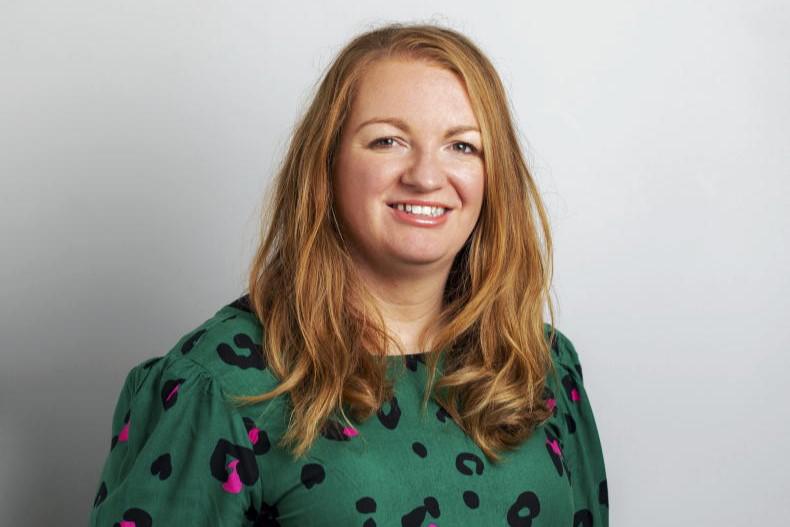
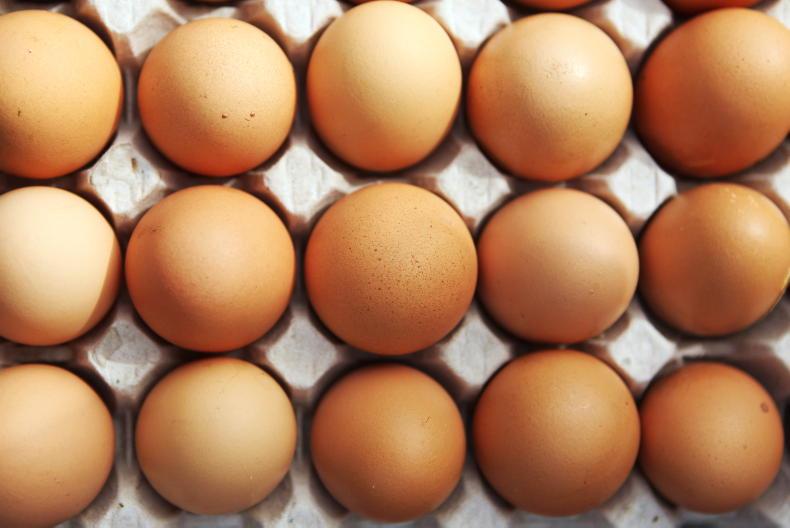
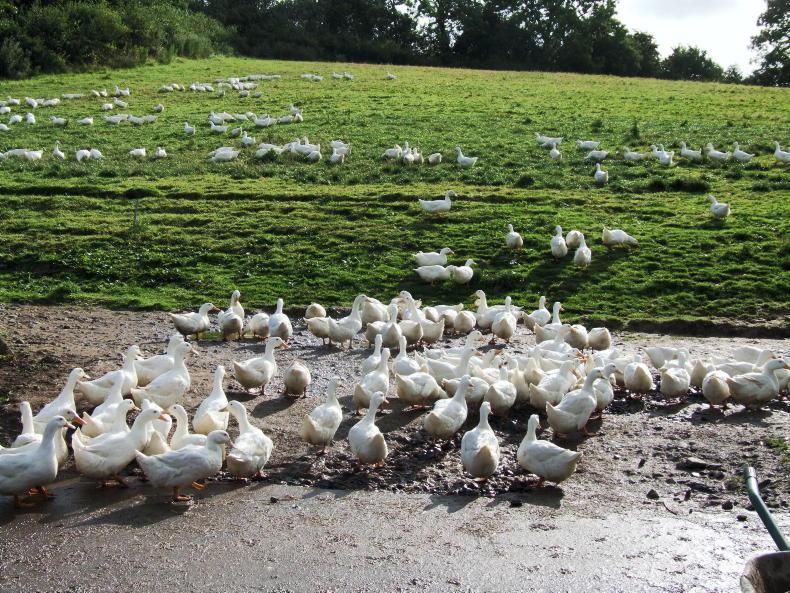
SHARING OPTIONS